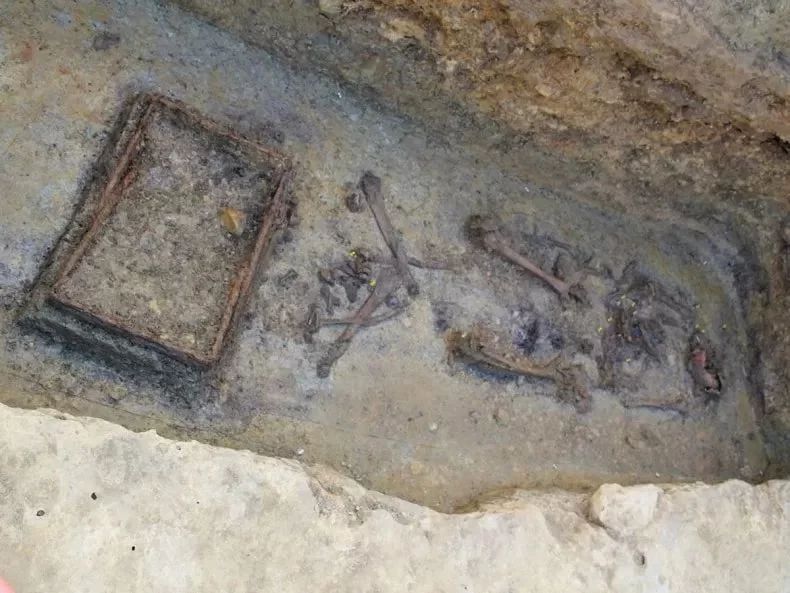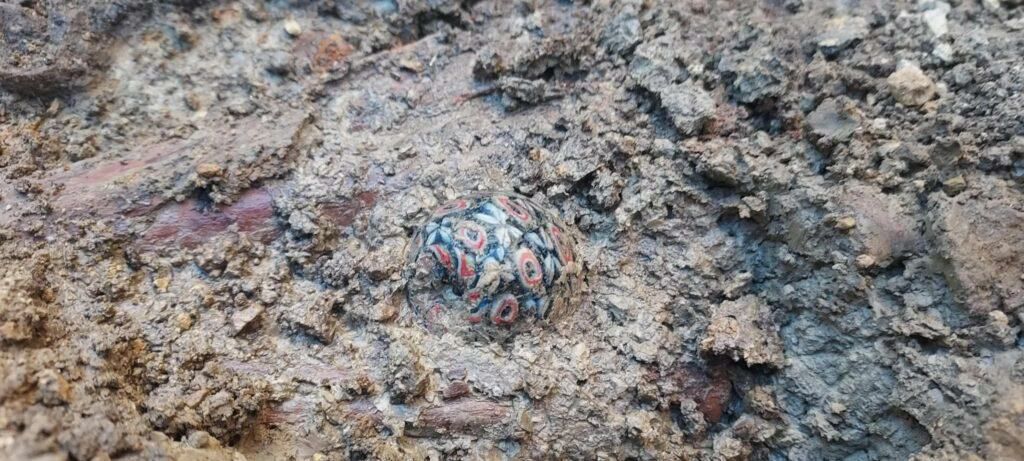‘Awfully Unusual’ 1,400-Year-Old Folding Chair Discovered In A Woman’s Grave
Archaeologists have recently made an extraordinary discovery, unearthing a Medieval folding chair from a woman’s grave. The excavation took place in Steinsfeld, located in Central Franconia, within the Ansbach district. Franconia is situated in the northern region of the Free State of Bavaria, as well as parts of Baden-Württemberg, South Thuringia, and Hesse in Germany.
This remarkable finding, an iron folding chair from the early Middle Ages, marks only the second such discovery in Germany, according to the Bavarian State Office for the Preservation of Monuments. Throughout Europe, there are records of 29 sites containing early medieval graves with folding chairs, with only six of them being made of iron.
Dating back to approximately 600 AD, during the early Middle Ages, this folding chair, measuring around 70 by 45 centimeters, was placed at the feet of the deceased when folded. The chair’s appearance, seemingly modern at first glance, is an exceptional rarity and holds great cultural and historical significance. It provides insights into the burial customs of prominent sections of society and the early use of furniture, as stated by Mathias Pfeil, the head of the state office.
Folding chairs made of iron and bronze have been crafted since ancient times, serving as important symbols of authority, power, and dignity. According to the state office, they were often included as grave goods in women’s burials.
Examinations of the woman’s skeletal remains revealed that she was between 40 to 50 years old at the time of her death. Around her neck, she wore a necklace adorned with colored glass beads. Additionally, the experts discovered a fibulae hanger and a large pearl on her belt. In a separate grave, they uncovered the remains of a man, alongside a belt featuring a bronze buckle and a complete set of weapons, among other items.
This discovery not only sheds light on the fascinating burial practices of the medieval era but also provides valuable insights into the material culture and social dynamics of that time. The findings offer a glimpse into the lives and status of individuals from different sections of society and deepen our understanding of the historical context in which they lived.
Hits: 0





